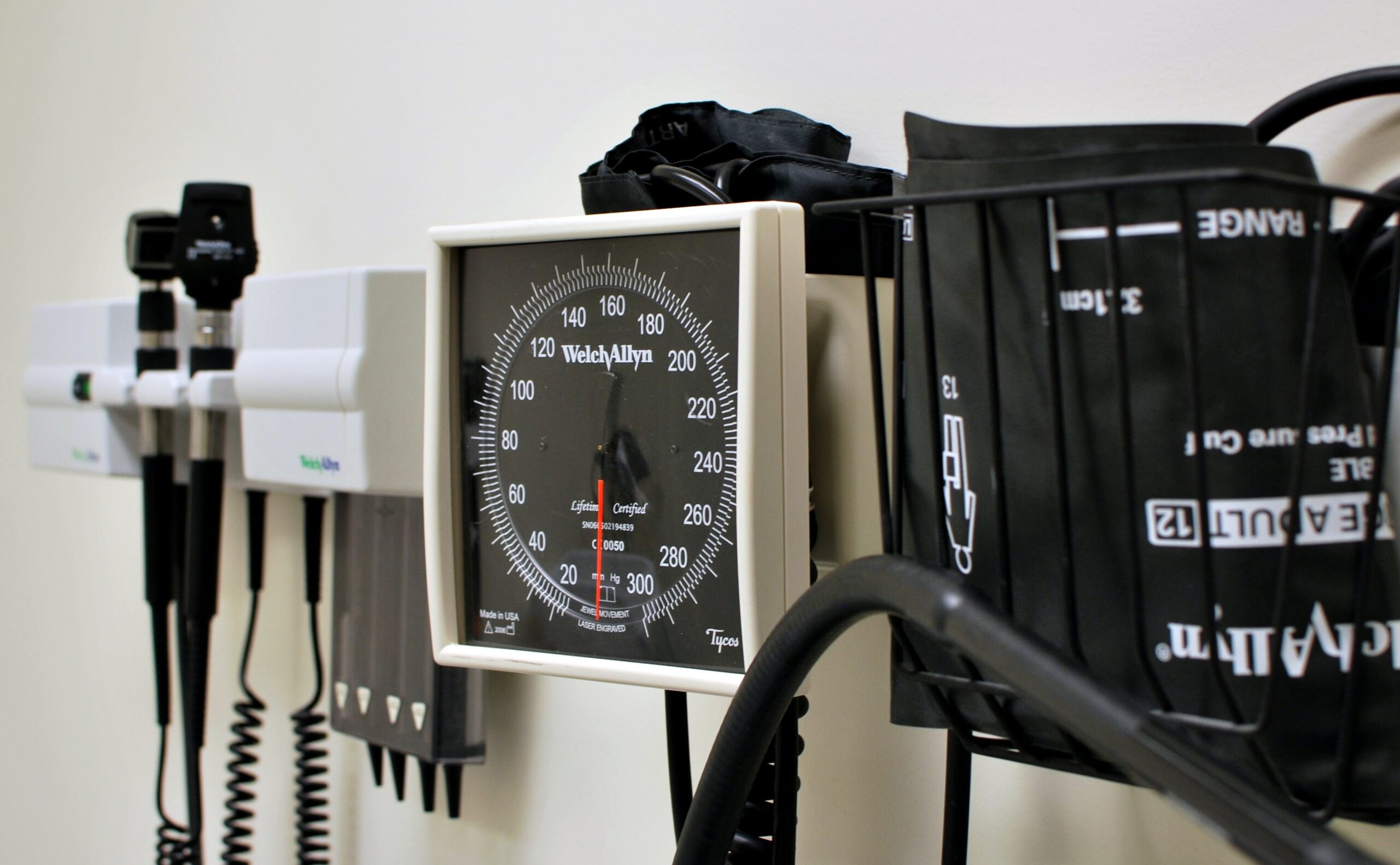A national study says growth of work-based health clinics stalled during the recession. And that the health centers are not necessarily being used in the way employers had hoped.
In 2010, only four-percent of Americans had access to and used health clinics at work. Employers have them in hopes of controlling costly chronic health conditions. But a report by the Center for Studying Health Care Change found most employees were going to the clinic for vaccinations and other routine care. Theresa Pulvermacher manages Riverside Corporate Wellness. It provides primary care for employees of Logistics Health in La Crosse. Pulvermacher says in order for companies to save money and have healthy workers, chronic conditions need to be addressed, even if the patient isn’t coming in for hypertension, high cholesterol, or diabetes, “If you come in for a sore throat and I know you smoke you are not going to get away without a discussion of that fact you smoke and how that’s linked to your overall health.”
Pulvermacher says a young workforce often thinks they don’t need primary care. She says they may have to be convinced, “We spent a year before our clinic even opened with a big educational push saying, ‘This is what primary care is. This is why you need it.’We recognize the only way to stave off those chronic illnesses that come when we start turning 40 or 50 is to actively engage.”
Stay informed on the latest news
Sign up for WPR’s email newsletter.
The national study also found that use of the clinics in 2010 was flat when compared to 2007. Many companies that wanted to have health clinics onsite were unable to do so during the recession. The poor economy also resulted in layoffs, so former employees no longer could use the workplace clinics.
Wisconsin Public Radio, © Copyright 2024, Board of Regents of the University of Wisconsin System and Wisconsin Educational Communications Board.




